Ensuring Food Safety During Meat Processing
Introduction
Ensuring food safety during meat processing is paramount to protect public health and maintain consumer trust. It requires a comprehensive and rigorous approach encompassing every stage of the process, from the arrival of raw materials to the dispatch of finished products. Here's a detailed breakdown of how to achieve this:
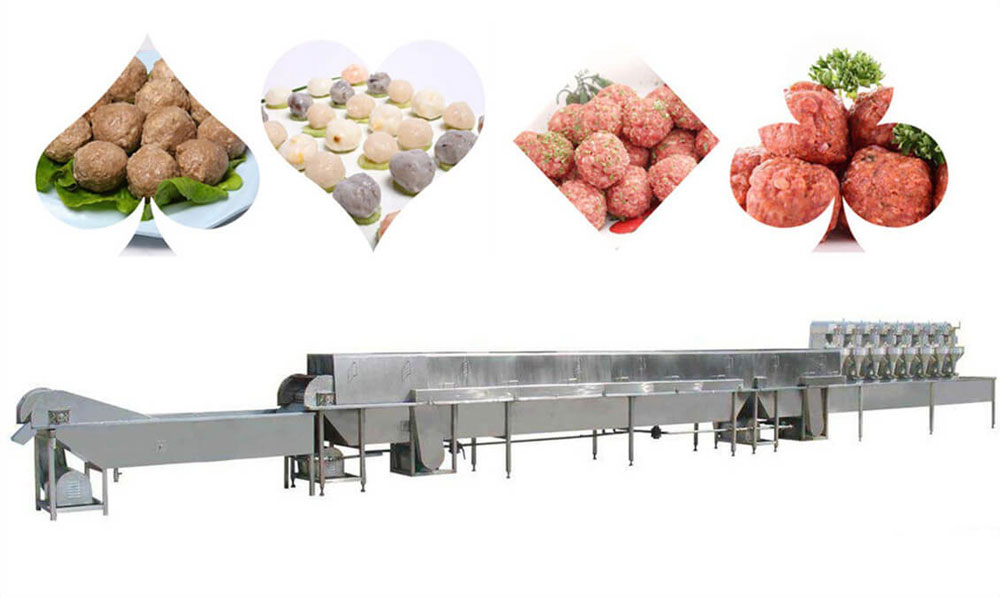
1. Implement a Robust Hazard Analysis and Critical Control Points (HACCP) System
HACCP is a systematic, preventative approach to food safety that identifies, evaluates, and controls hazards that are significant for food safety. It's a legal requirement in many countries, including the United States (mandated by the USDA for meat and poultry). The seven principles of HACCP must be followed:
Conduct a Hazard Analysis
Identify potential biological, chemical, and physical hazards that could occur at each step of the meat processing process. This includes hazards in raw materials, ingredients, processing steps, and the environment.
Biological Hazards
These involve harmful microorganisms such as bacteria (e.g., *Salmonella*, *Escherichia coli* O157:H7, *Listeria monocytogenes*, *Campylobacter*), viruses (e.g., Norovirus, Hepatitis A), and parasites (e.g., *Trichinella spiralis*).
Chemical Hazards
These include substances that can cause harm if ingested. In meat processing, these can include cleaning agents and sanitizers, allergens, excessive levels of food additives, antibiotics or pesticides, and lubricants.
Physical Hazards
These are foreign materials that can cause injury or illness if consumed. Examples include metal fragments, bone chips, plastic pieces, and glass shards.
Identify Critical Control Points (CCPs)
Determine the specific points in the process where control can be applied and is essential to prevent or eliminate a food safety hazard or reduce it to an acceptable level. Examples in meat processing include cooking temperatures, chilling rates, metal detection, and sanitation procedures.
Establish Critical Limits
Set measurable and verifiable critical limits for each CCP. These limits represent the boundaries that must be met to ensure the hazard is controlled. For example, a critical limit for cooking poultry might be an internal temperature of 165°F (74°C) for a specific time.
Establish Monitoring Procedures
Define how the CCPs will be monitored to ensure the critical limits are being met. Monitoring should be frequent and documented. This could involve continuous temperature monitoring, regular checks of sanitation procedures, or periodic testing for pathogens.
Establish Corrective Actions
Outline the steps that will be taken if monitoring indicates that a critical limit has been exceeded. Corrective actions should prevent potentially unsafe products from reaching consumers and include identifying the cause of the deviation and implementing measures to prevent recurrence.
Establish Verification Procedures
Implement procedures to verify that the HACCP system is working correctly. This includes activities like reviewing records, conducting independent audits, and performing microbiological testing.
Establish Record-Keeping and Documentation Procedures
Maintain accurate and complete records of all HACCP procedures, monitoring activities, corrective actions, and verification activities. This documentation is essential for demonstrating compliance and for tracing products in case of a recall.
2. Maintain Strict Sanitation and Hygiene Practices
A clean and hygienic processing environment is fundamental to preventing contamination.
Facility and Equipment Sanitation
Develop and implement a comprehensive sanitation program with detailed procedures for cleaning and disinfecting all areas of the processing facility, including floors, walls, ceilings, drains, and equipment.
Use appropriate cleaning and sanitizing agents that are approved for use in food processing environments and follow the manufacturer's instructions for concentration and contact time.
Establish a master sanitation schedule outlining the frequency and responsibility for each cleaning task.
Regularly inspect and maintain equipment to ensure it is easy to clean and does not harbor bacteria. Design should minimize crevices and hard-to-reach areas.
Implement a "clean as you go" policy, where spills and messes are cleaned up immediately.
Personnel Hygiene Practices
Implement strict handwashing procedures, requiring employees to wash their hands thoroughly with soap and water for at least 20 seconds at the start of their shift, after using the restroom, after handling raw materials, and whenever their hands may have become contaminated.
Require employees to wear clean and appropriate protective clothing, including hairnets, beard covers, gloves (changed frequently), and aprons.
Implement policies regarding jewelry, eating, drinking, and smoking in processing areas.
Ensure employees with illnesses that could be transmitted through food are excluded from handling food.
Provide adequate and accessible handwashing stations and restrooms.
Pest Control
Implement a comprehensive pest control program to prevent the entry and harborage of rodents, insects, and other pests. This includes regular inspections, baiting, trapping, and sealing potential entry points.
Use licensed pest control professionals for specialized treatments.
Maintain detailed records of pest control activities.
Water Quality
Ensure the water used in the processing facility meets potable water standards.
Regularly test water sources for microbiological and chemical contaminants.
Implement measures to prevent backflow and cross-contamination of water lines.
Waste Management
Establish procedures for the proper collection, storage, and disposal of waste materials to prevent contamination of the processing environment and products.
Use designated waste containers that are regularly cleaned and sanitized.
3. Control Temperature Effectively
Temperature control is critical for preventing the growth of pathogenic bacteria in meat products.
Receiving and Storage
Inspect incoming raw materials to ensure they are received at safe temperatures (e.g., refrigerated meats should be below 40°F (4°C)).
Store raw materials and finished products in properly functioning refrigeration and freezer units with accurate temperature monitoring systems.
Implement a "first-in, first-out" (FIFO) inventory system to ensure older products are used before newer ones.
Processing
Minimize the time that meat products spend in the "danger zone" (between 40°F and 140°F or 4°C and 60°C), where bacteria multiply rapidly.
Use chilled water or other cooling methods during processing steps like grinding and mixing to maintain low temperatures.
Cooking
Cook meat products to the minimum internal temperatures recommended by food safety authorities (e.g., USDA). Use calibrated thermometers to verify internal temperatures at the thickest part of the product.
Establish validated cooking processes that ensure all parts of the product reach the required temperature for the necessary time.
Cooling
Cool cooked meat products rapidly to safe temperatures (e.g., from 140°F to 70°F (60°C to 21°C) within 2 hours and from 70°F to 40°F (21°C to 4°C) within an additional 4 hours).
Use appropriate cooling methods like blast chillers or ice baths.
4. Prevent Cross-Contamination
Cross-contamination occurs when harmful bacteria are transferred from one food or surface to another.
Separate Raw and Cooked Products
Physically separate raw and cooked meat products in storage, processing areas, and during transportation. Use dedicated equipment and utensils for each.
Control Traffic Flow
Design the processing facility to minimize the movement of personnel and materials between raw and cooked areas.
Clean and Sanitize Equipment and Utensils
Thoroughly clean and sanitize all equipment and utensils after contact with raw meat before using them for cooked or ready-to-eat products.
Proper Handwashing
Emphasize the importance of handwashing between handling raw and cooked products.
Color-Coding
Use color-coded equipment, utensils, and cutting boards to visually distinguish between raw and cooked product areas.
5. Ensure Proper Training and Education
All employees involved in meat processing must receive adequate training on food safety principles, HACCP procedures, sanitation practices, and their specific job responsibilities.
Regular Training Sessions
Conduct regular training sessions to reinforce food safety knowledge and address any new regulations or procedures.
Job-Specific Training
Provide training tailored to the specific tasks each employee performs.
Documentation of Training
Maintain records of all employee training.
6. Implement Effective Traceability Systems
Traceability allows for the tracking of meat products from their source through the entire processing and distribution chain to the consumer. This is crucial for identifying the source of contamination in case of a foodborne illness outbreak or product recall.
Lot Identification
Assign unique lot numbers to raw materials and finished products.
Record Keeping
Maintain detailed records linking raw materials to specific batches of finished products.
Supplier Information
Keep records of all suppliers and the origin of raw materials.
Distribution Records
Track the distribution of finished products to customers.
7. Adhere to Regulatory Compliance and Standards
Meat processing facilities must comply with all applicable food safety regulations and standards set by government agencies like the USDA's Food Safety and Inspection Service (FSIS) in the United States.
Regular Inspections
Be prepared for and cooperate with regulatory inspections.
Compliance with Regulations
Stay up-to-date on all relevant regulations and ensure the facility and processes meet these requirements.
Record Keeping
Maintain all required records and documentation.
8. Foster a Culture of Food Safety
Food safety should be a core value within the organization, with a commitment from management to prioritize it.
Management Commitment
Demonstrating leadership and providing the necessary resources for food safety programs.
Employee Involvement
Encouraging employees to take ownership of food safety and report any potential issues.
Open Communication
Fostering an environment where food safety concerns can be raised and addressed without fear of reprisal.
9. Implement Continuous Improvement
Food safety programs should not be static. Regularly review and evaluate the effectiveness of the HACCP system and sanitation programs.
Internal Audits
Conduct periodic internal audits to identify areas for improvement.
Data Analysis
Analyze monitoring data and microbiological testing results to identify trends and potential problems.
Stay Informed
Keep abreast of the latest scientific information and best practices in food safety.
10. Allergen Control
Allergen control is a crucial aspect of food safety in meat processing, especially as processed meats often contain or come into contact with common allergens. Implement a comprehensive allergen control program that includes:
Identification of Allergens
Clearly identify all allergens that are present in the facility, including those in raw materials, ingredients, and cleaning agents.
Preventing Cross-Contact
Implement strict procedures to prevent allergen cross-contact during receiving, storage, processing, and packaging. This may involve dedicated equipment, separate processing lines, and strict cleaning and sanitation procedures.
Labeling
Ensure accurate and clear labeling of all products to declare the presence of any allergens. Follow all regulatory requirements for allergen labeling.
Cleaning and Sanitation
Develop and implement specific cleaning procedures to effectively remove allergen residues from equipment and surfaces. This may require the use of specific cleaning agents and verification testing to ensure allergens have been removed.
Training
Provide thorough training to all employees on allergen awareness, the risks of cross-contact, and the specific procedures in place to control allergens.
Conclusion
Ensuring food safety in meat processing is a continuous and multifaceted responsibility. It requires a strong foundation in HACCP principles, rigorous sanitation and hygiene practices, effective temperature control, prevention of cross-contamination, comprehensive training, robust traceability systems, adherence to regulations, a strong food safety culture, and a commitment to continuous improvement. By implementing these comprehensive strategies, meat processing facilities can significantly minimize the risk of foodborne illness, protect their customers, and build a reputation for producing safe, high-quality products. This commitment to food safety is not just a matter of compliance; it is a fundamental aspect of responsible business practice in the meat processing industry.
Must-Read Blogs For Chain Restaurants Owner

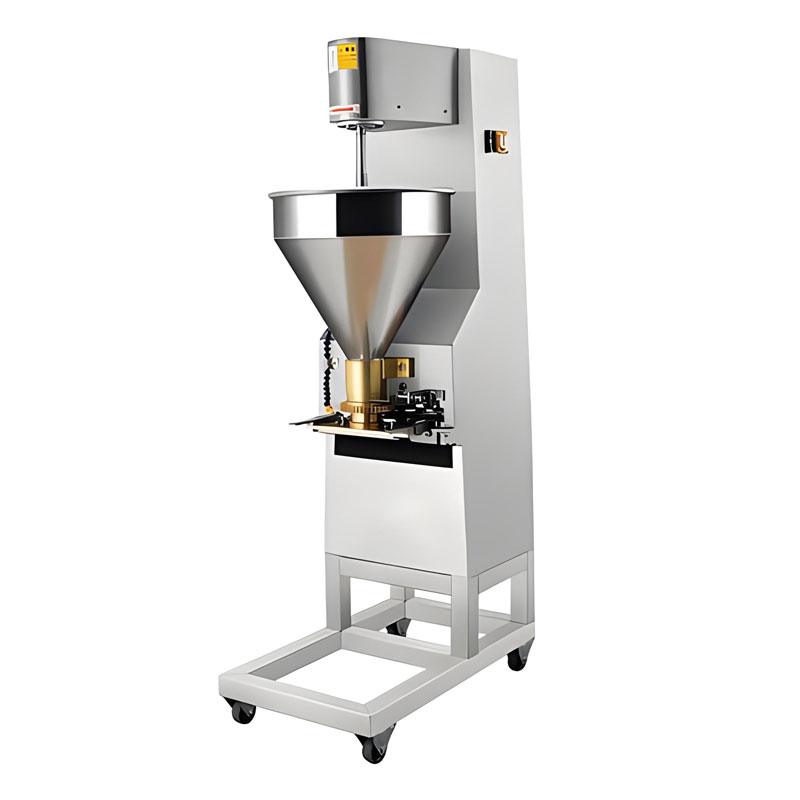
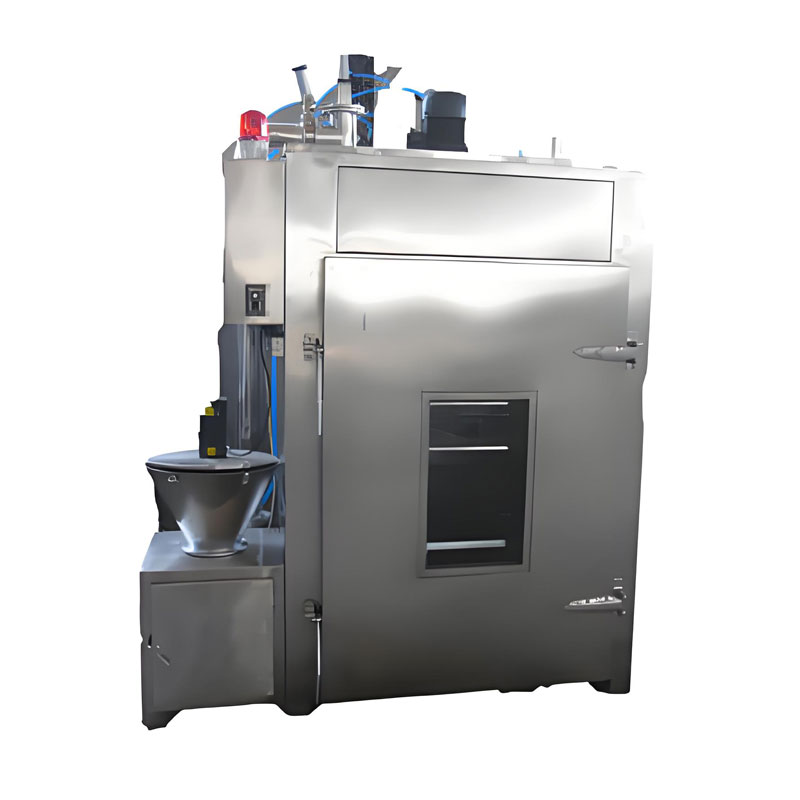
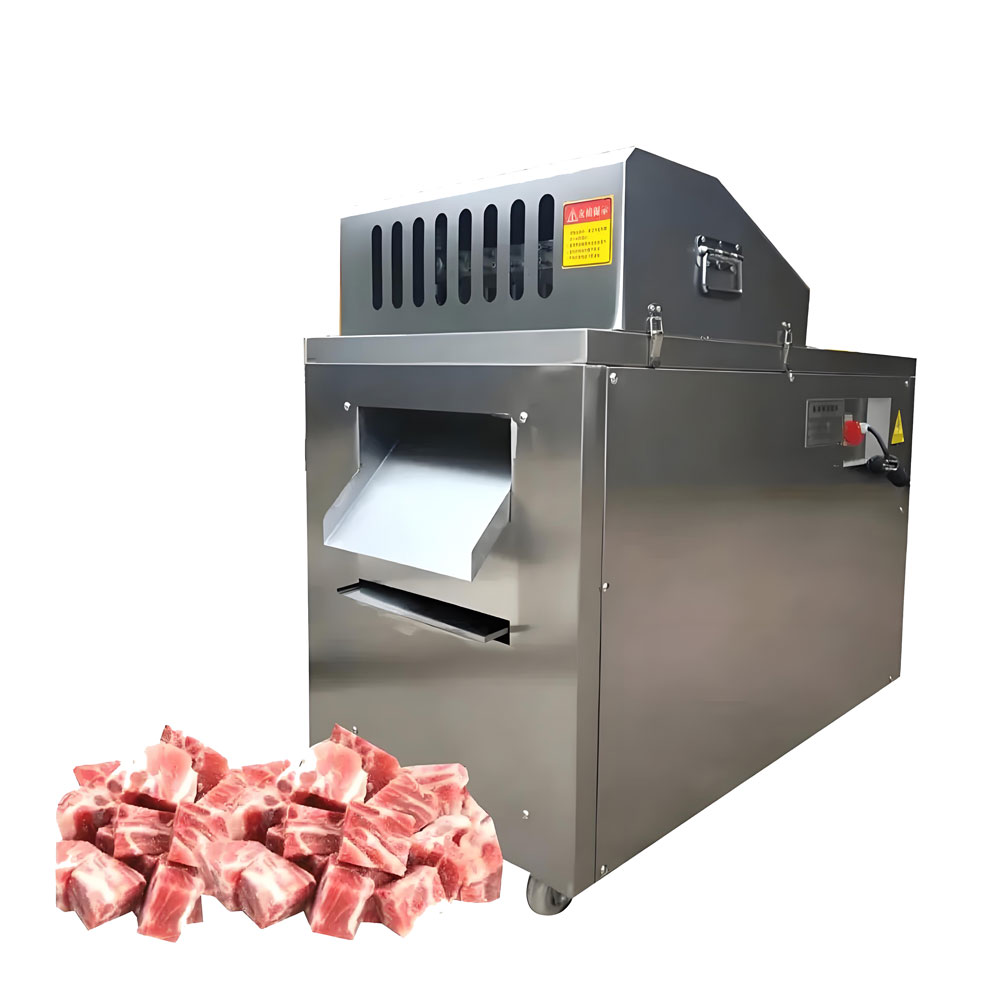
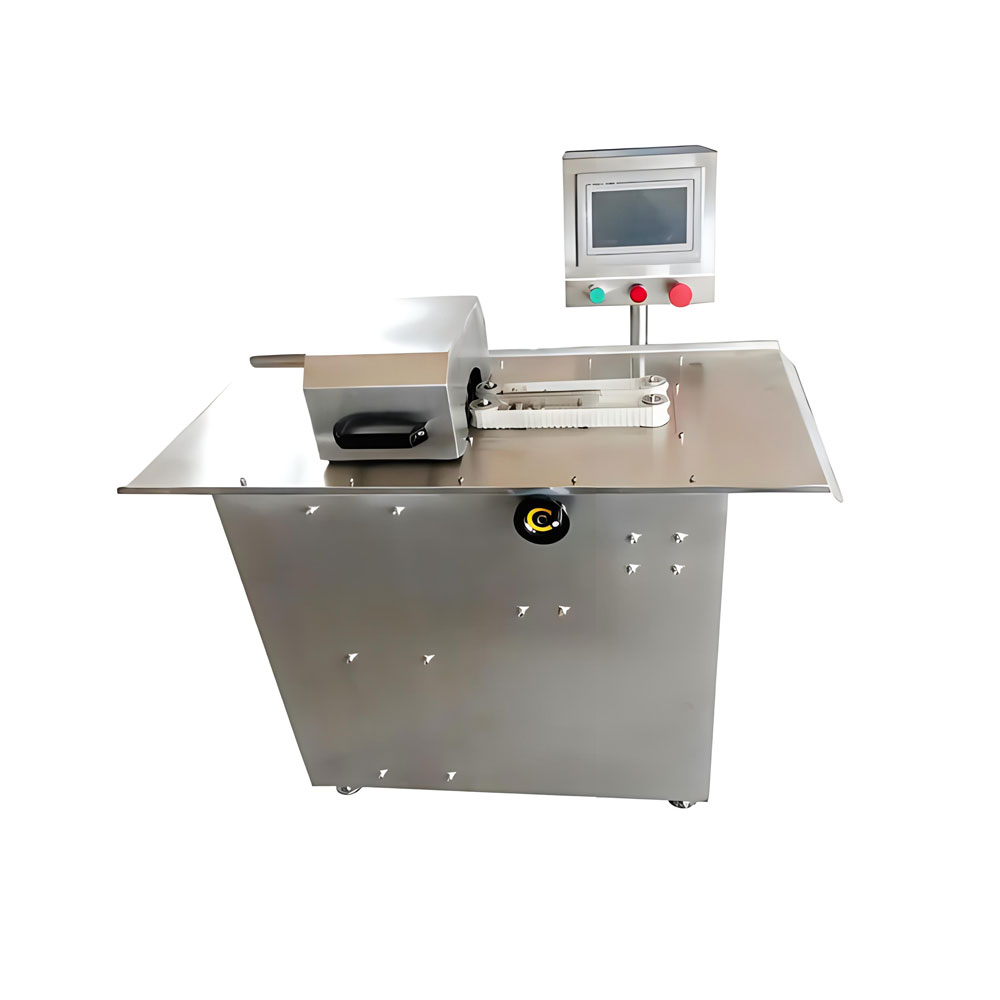
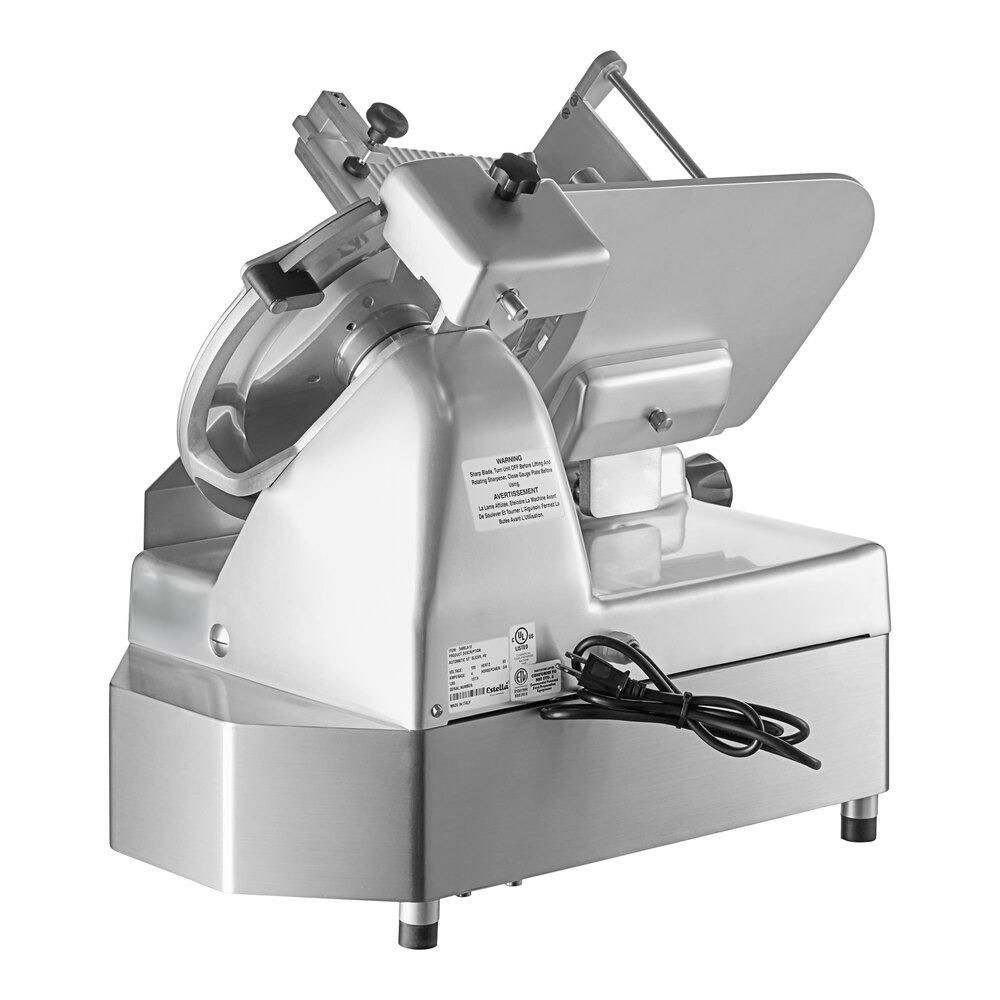
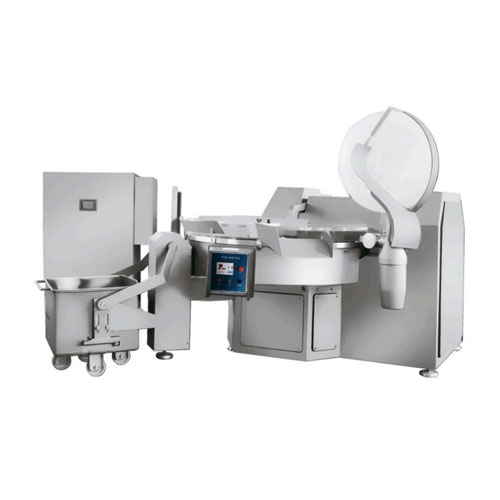
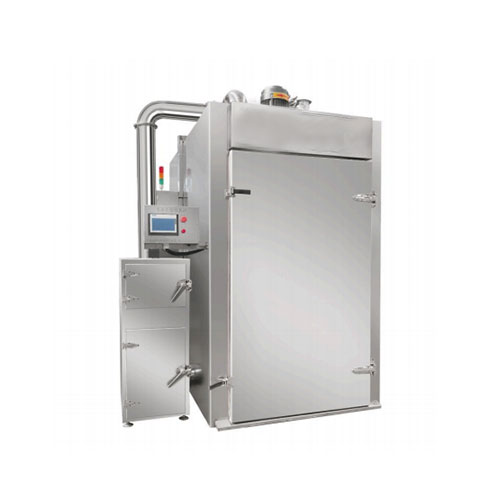
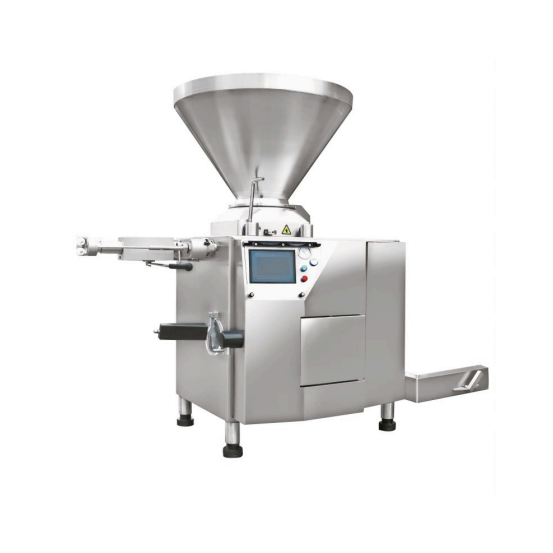
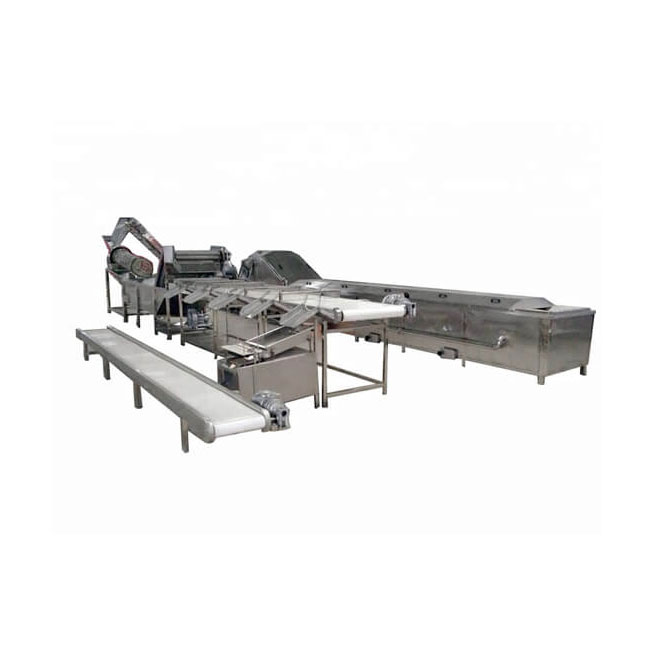
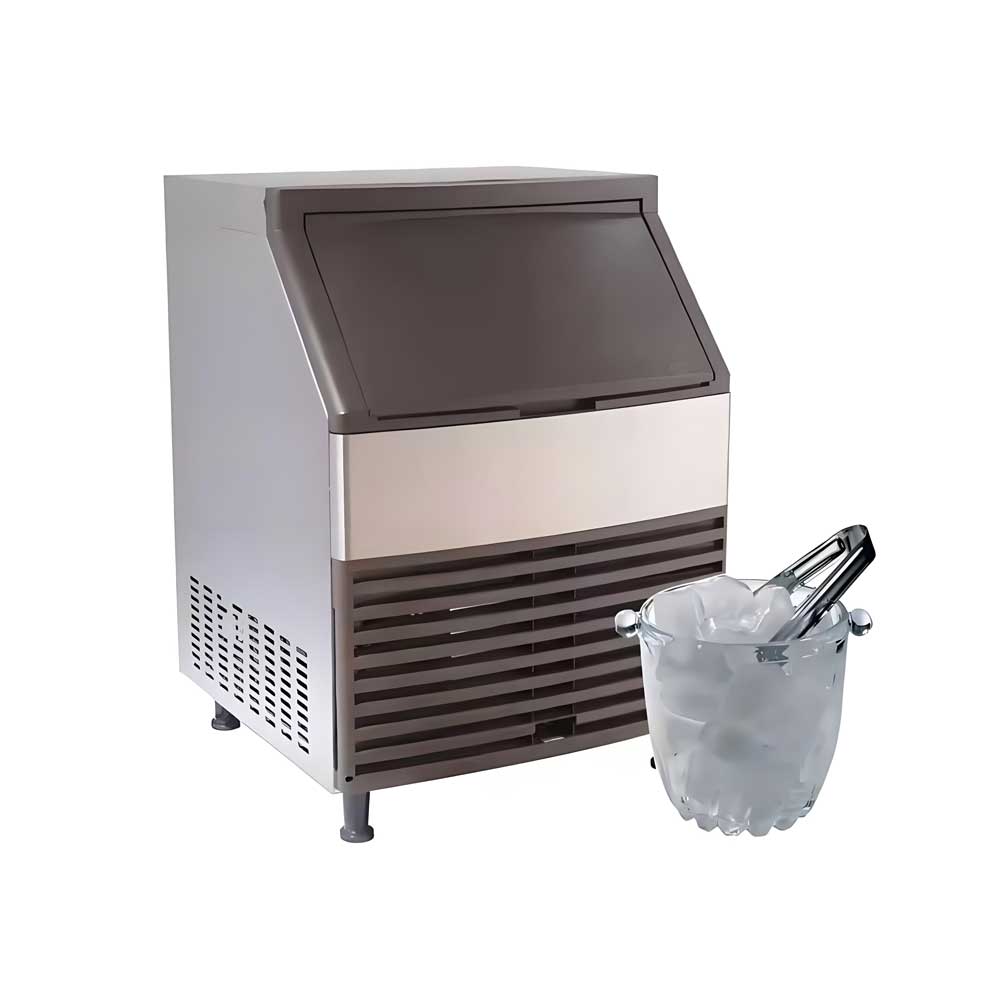
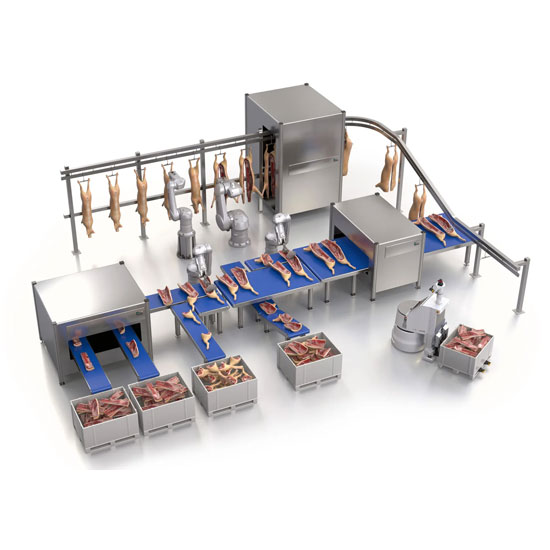 Meat Processing Line Equipment
Meat Processing Line Equipment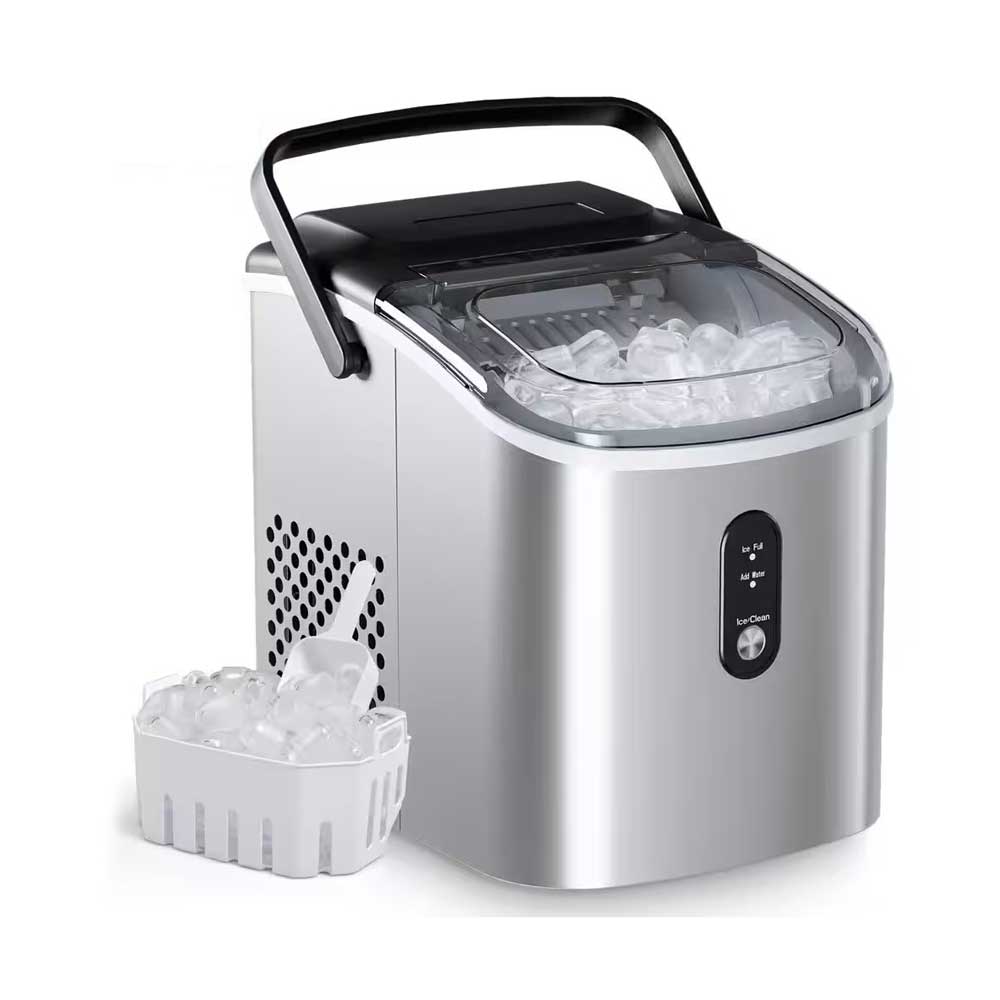 Portable Flake Ice Machine
Portable Flake Ice Machine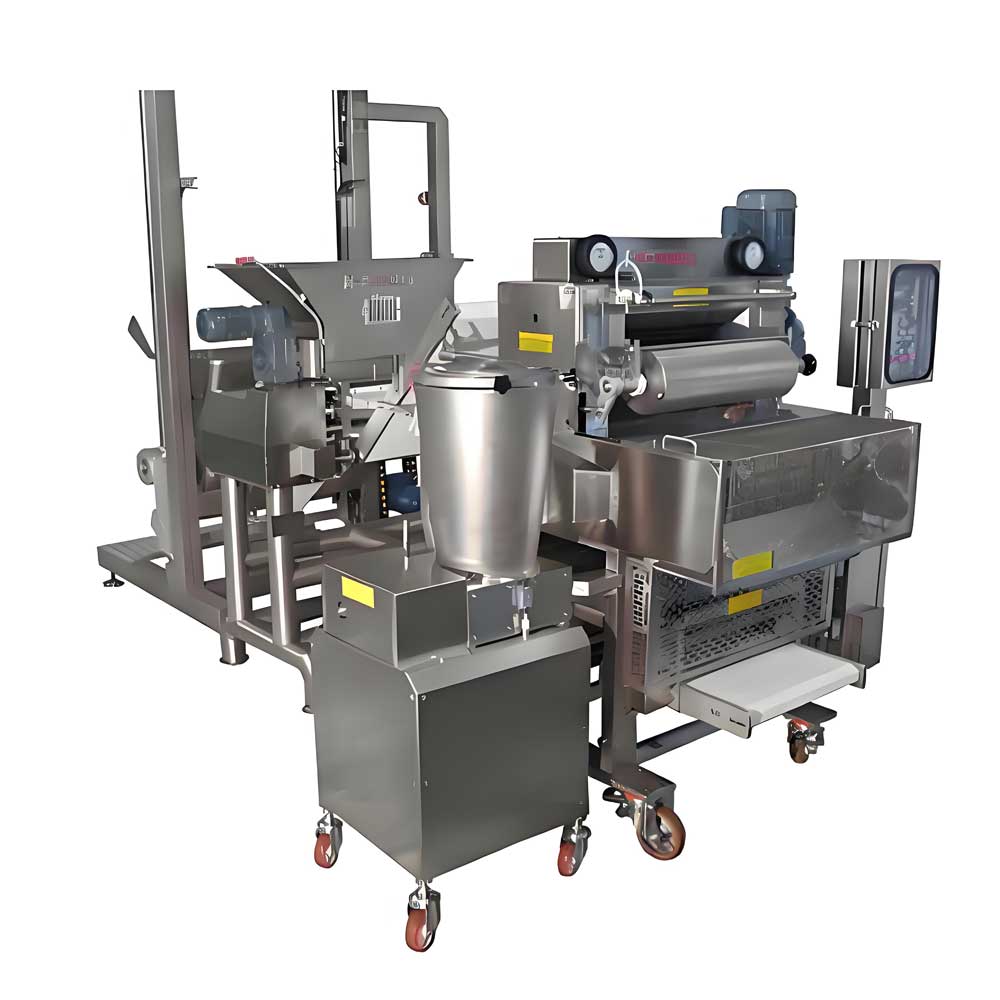 Pelmeni Making Machine
Pelmeni Making Machine
Ready to Get Started?